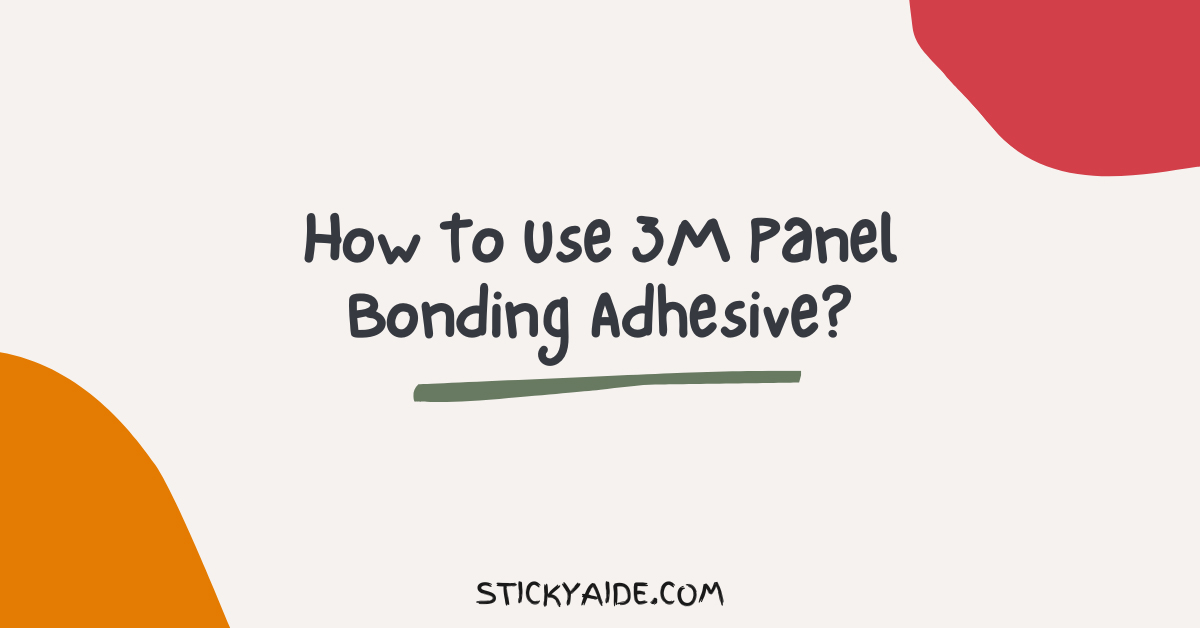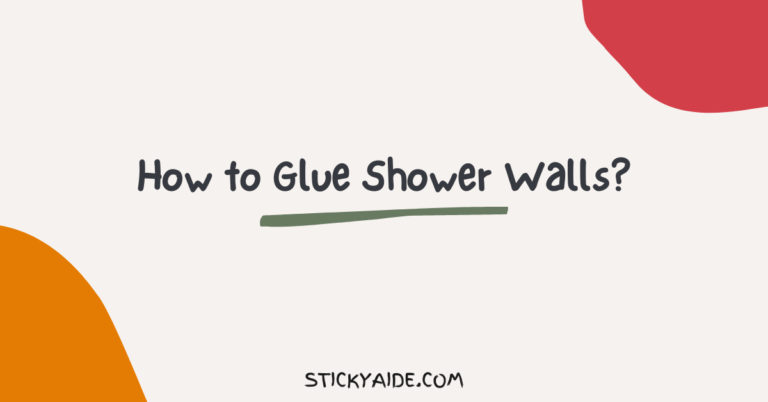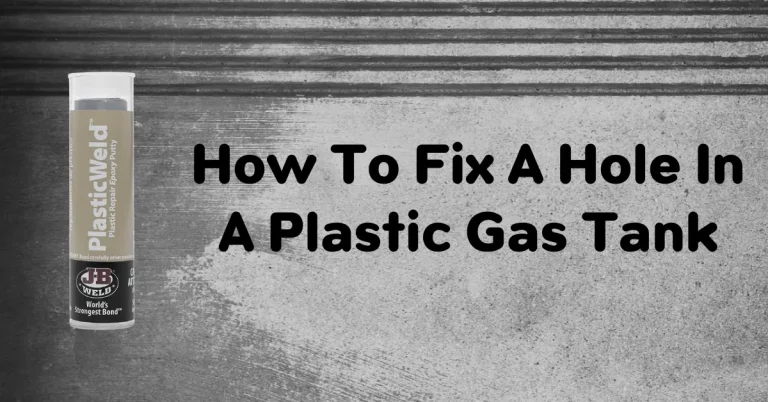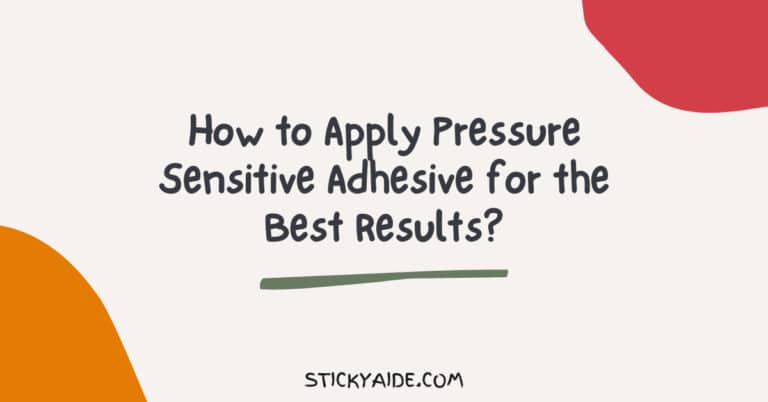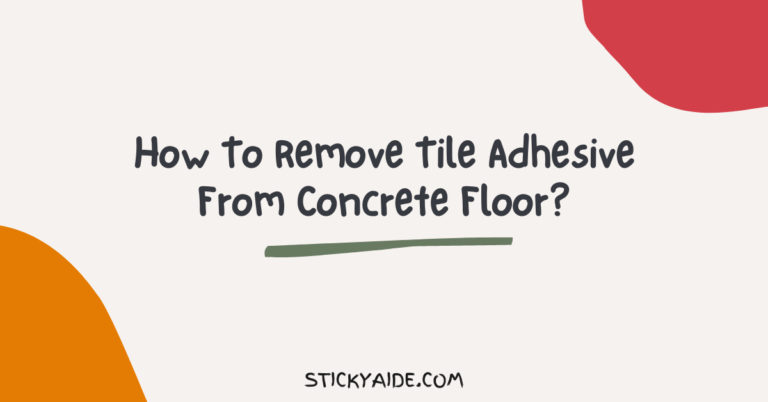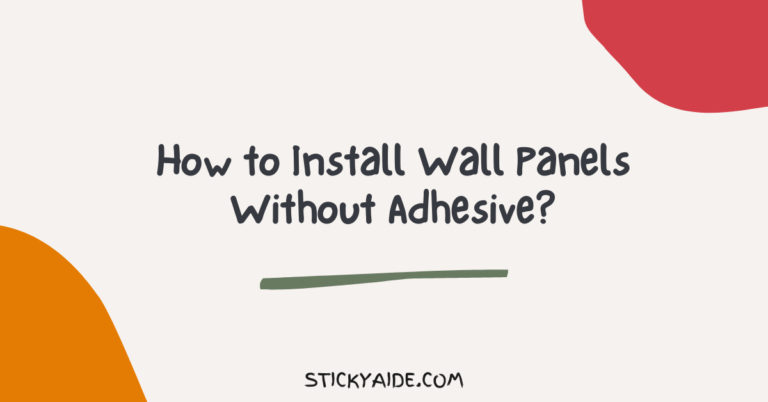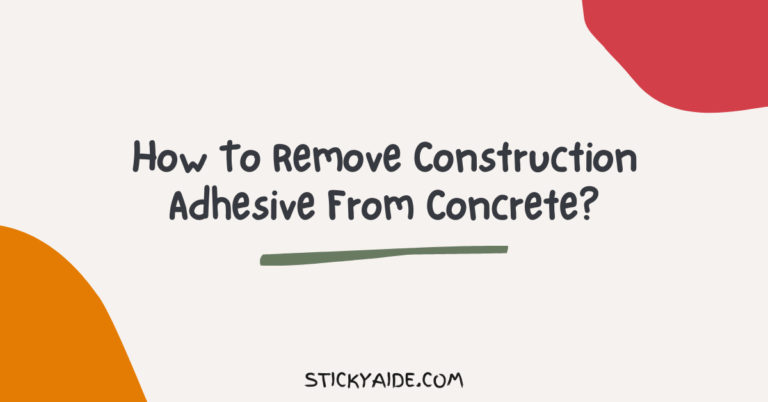An adhesive can be one of the most powerful tools in your toolbox, especially in interior projects such as installing new cabinets or painting large walls.
However, with power comes responsibility, and if you don’t use adhesive correctly, the results can be disastrous — not to mention that it may void your warranty or insurance policy!
This article will cover how to use 3M Panel Bonding Adhesive, as well as some tips for getting the best results.
Read More: How to Use Citadel Plastic Glue?
What is a Panel Bond Used for?
3M Panel Bonding Adhesive is a two-part epoxy that creates a strong, durable bond between two surfaces. It can be used on various materials, including metal, plastic, and glass. The automotive industry often uses panel bonds to bond panels and other parts together.
How To Use 3M Panel Bonding Adhesive?
Things you will need
Before you begin, you will need to gather the following items: a clean work surface, a putty knife, a 3M panel bonding adhesive, and a rag. You will also need to ensure that the area you are working in is well-ventilated.
Step 1: Review the directions
Before you begin, be sure to review the directions that come with your 3M panel bonding adhesive. This will ensure that you use the product correctly and get the best results.
Read More: 3M 08115 Vs. 08116
Step 2: Cover all surfaces with disposable material
Before you begin, cover all surfaces with a disposable material. This will help to prevent any accidental damage to your surfaces. 3M Panel Bonding Adhesive can be applied in several ways, so follow the instructions on the packaging. For best results, apply the adhesive in a thin, even layer. You may need to use multiple coats for larger projects.
Step 3: Spread a thin layer of adhesive on both surfaces
When using 3M panel bonding adhesive, you must spread a thin layer of adhesive on both surfaces that you’ll be bonding together. This will ensure the bond is strong and lasts for a long time. Here’s how to do it:
- Start by cleaning both surfaces with a clean cloth. This will remove any dirt or debris that could prevent the adhesive from bonding properly.
- Next, apply a thin layer of adhesive to one of the surfaces. You can use a brush or your fingers to spread it evenly.
- Repeat step 2 on the other surface. Make sure to apply the adhesive in the same area on both surfaces to bond together properly.
Step 4: Smooth out any bubbles while they are still soft
Once you have applied the adhesive, it is essential to smooth out any bubbles that may have formed. This can be done with a putty knife or even your finger. Be sure to do this while the adhesive is still soft, as it will be much more difficult to remove bubbles once it has hardened.
Step 5: Allow the adhesive to fully dry
After applying the adhesive to the surface, it is important to allow it to dry before proceeding entirely. This will ensure the bond is strong and will last long. Depending on the temperature and humidity, the adhesive can take anywhere from 24 to 72 hours to cure fully.
You should avoid exposing the adhesive to water or other liquids during this time. Once the adhesive is fully dry, you can proceed with your project.
Read More: Panel Bonding Adhesive vs. Welding
How long does it take for 3M panel adhesive to dry?
Depending on the humidity and temperature, the adhesive typically takes 24 hours to reach full bond strength. However, you can usually handle and drive the vehicle after about an hour.
How strong is 3M Panel Bond?
3M Panel Bonding Adhesive is extremely strong, making it perfect for bonding panels together. However, if you don’t use it correctly, you may not get the desired results.
Will Panel bond work on plastic?
You bet it will! It’s one of the best adhesives out there for plastic. Just make sure you follow these simple tips, and you’ll be good to go:
1. First, clean the surfaces you’re going to bond. This will help the adhesive grip better.
2. Next, apply a generous amount of adhesive to one of the surfaces.
3. Press the two surfaces firmly and hold for about 30 seconds. If the surfaces aren’t sticking well enough, try repeating this process until they do.
4. Finally, leave your newly bonded surface alone to cure overnight before handling it too much or moving anything on top of it.
Can you weld through panel Bond?
You can weld through a 3M panel bonding adhesive with the right tools and settings. When welding, use a low amperage setting and hold the electrode at a shallow angle to the surface. If you’re using a MIG welder, use a wire speed slightly slower than usual. For TIG welding, use a pointed electrode and start the arc on the side of the joint.
Last Opinion
3M Panel Bonding Adhesive is a great product that can be used for various applications. However, it is essential to use it correctly to achieve the best results. Follow the tips in this blog post, and you’ll be sure to get the most out of your 3M Panel Bonding Adhesive.

